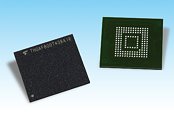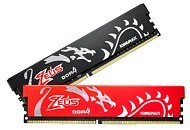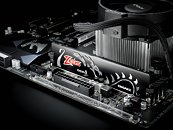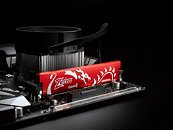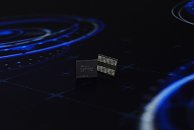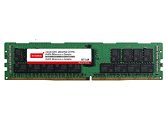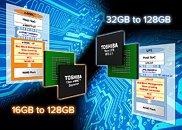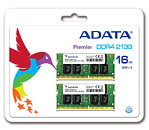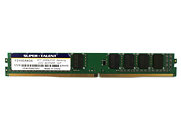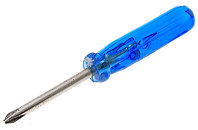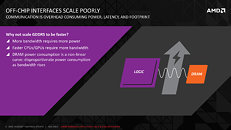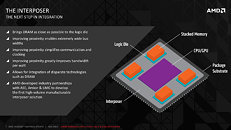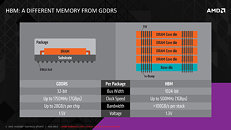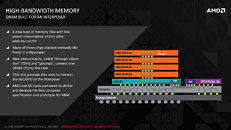Greenliant Expands Portfolio of eMMC NANDrive
Greenliant Systems is now sampling its eMMC 5.1 NANDrive embedded solid state drive (SSD) product family with improved performance, enhanced features and a wide range of capacities (8, 16, 32, 64 and 128 GB). Ideal for automotive, industrial, medical, security, military and networking applications, the new GLS85VM NANDrive devices support the JEDEC eMMC 5.1 standard and operate at full industrial temperatures between -40 and +85 degrees Celsius.
The eMMC 5.1 NANDrive products are HS200/HS400 compliant and support command queuing for faster data throughput and better multitasking. These high-performance products also offer high-reliability features, such as advanced wear-leveling, bad block management and effective error correction code (ECC) capabilities to significantly extend the life of the product. eMMC 5.1 NANDrive SSDs are available in a 14mm x 18mm, 100-ball, 1.0mm pitch package (backward compatible with Greenliant's 100-ball eMMC 4.4 NANDrive SSDs) and will also be offered in a smaller 11.5mm x 13mm, 153-ball, 0.5mm pitch package.
The eMMC 5.1 NANDrive products are HS200/HS400 compliant and support command queuing for faster data throughput and better multitasking. These high-performance products also offer high-reliability features, such as advanced wear-leveling, bad block management and effective error correction code (ECC) capabilities to significantly extend the life of the product. eMMC 5.1 NANDrive SSDs are available in a 14mm x 18mm, 100-ball, 1.0mm pitch package (backward compatible with Greenliant's 100-ball eMMC 4.4 NANDrive SSDs) and will also be offered in a smaller 11.5mm x 13mm, 153-ball, 0.5mm pitch package.



